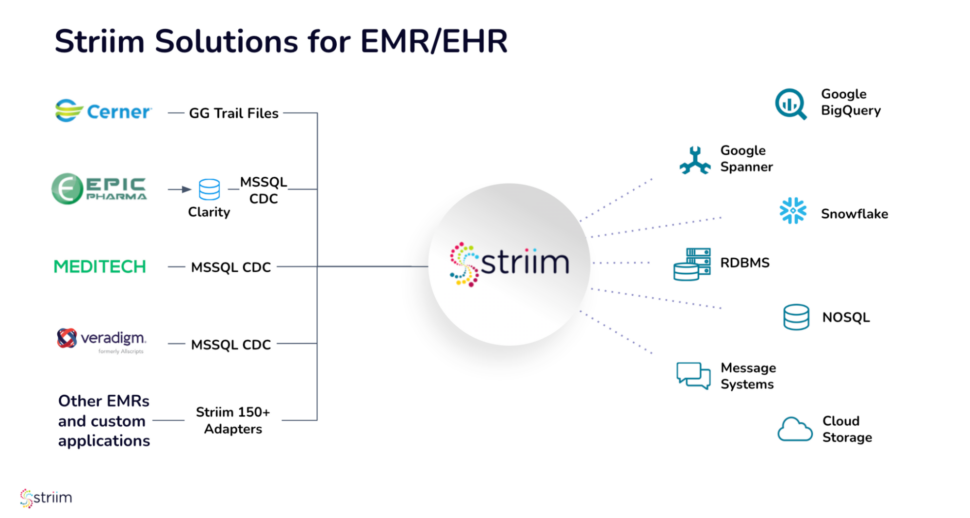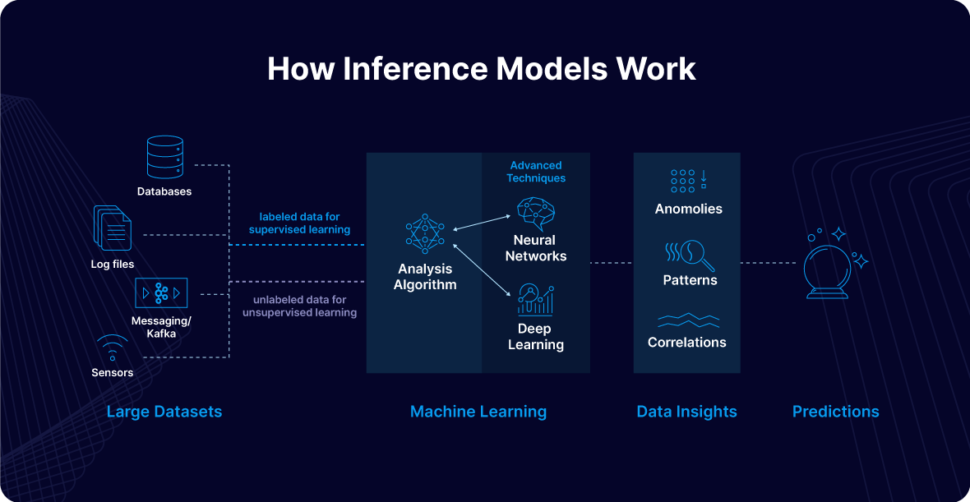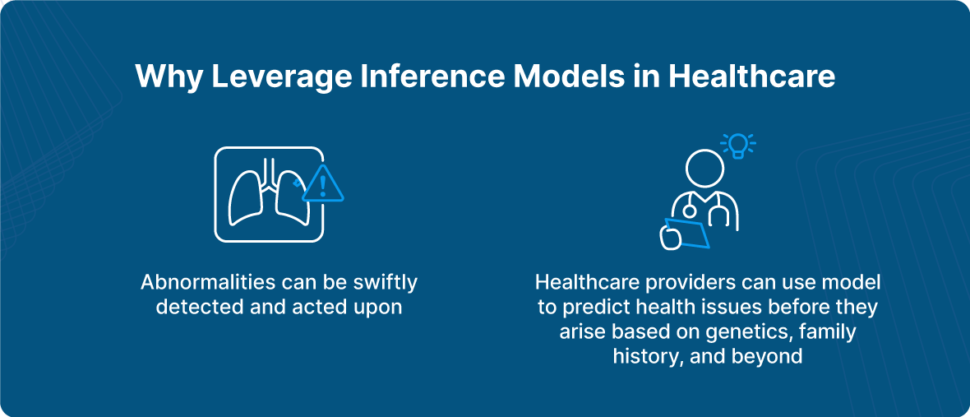
In healthcare, there’s no such thing as being too attentive to a patient’s needs — and real-time patient monitoring is here to prove it. Emerging technology and the utilization of real-time data enable medical professionals to monitor a patient’s prognosis quickly and with minimal interruption. The best part is that it enables prompt intervention, allowing medical professionals to take a proactive rather than reactive approach to healthcare. This can make a significant difference in a patient’s outcome.
Today, we’ll walk you through everything you need to know regarding real-time patient monitoring, how inference models play a part, and how immediate care solutions are enabled by both of these.
Understanding Real-Time Patient Monitoring
Real-time patient monitoring involves the utilization of advanced medical devices that enable continuous observation and analysis of a patient’s health data. It differs from patient monitoring of the past by providing immediate care solutions the moment an anomaly is detected.
With real-time patient monitoring, doctors gain access to continuous, instantaneous data. Traditionally, healthcare professionals needed to rely on intermittent readings taken during periodic check-ups, which delayed the detection of critical changes in a patient’s condition.
In contrast, real-time monitoring utilizes advanced technologies like wearable sensors and telemetry systems to provide immediate insights, enabling healthcare providers to respond swiftly to any abnormalities detected.
Another benefit of leveraging real-time patient monitoring is that it reduces hospital readmissions and improves overall patient management. By leveraging real-time data, healthcare providers can make informed decisions more rapidly than ever before.
The Role of Inference Models in Healthcare
To fully comprehend the role inference models play in healthcare, it’s critical to first understand what they are.
An inference model is a form of machine learning model that leverages algorithms to analyze data. From there, it can make predictions or decisions based on that information. In the healthcare industry specifically, these models process real-time patient data to detect patterns, predict potential health issues, and suggest immediate care solutions to healthcare providers.
How Inference Models Work
Inference models work by applying algorithms to analyze large datasets, deriving meaningful insights that inform decision-making. Typically built using machine learning techniques, these models are trained on historical data to recognize new patterns and correlations. Once trained, they can effectively apply this knowledge to analyze new and incoming data.
Inference models, crucial for real-time patient monitoring, utilize advanced techniques such as neural networks and deep learning. For more context, check out our AI and machine learning solutions page.
For real-time patient monitoring, inference models utilize both supervised and unsupervised learning approaches. Supervised learning involves training the model with labeled data, where known outcomes help establish relationships between input data (for instance, a patient’s heart rate, blood pressure) and expected outputs (the likelihood of a heart attack, for example). On the other hand, unsupervised learning enables models to identify patterns and anomalies in unlabeled data, which is critical for detecting unexpected health issues.
Advanced inference models incorporate techniques such as neural networks and deep learning to enhance predictive capabilities significantly. Beyond initial training, these models continuously update their algorithms through online learning as new data arrives. This process guarantees that models stay adaptive and maintain their efficiency.
What’s an Example of Inference Models in Healthcare?
Imagine you’re a healthcare professional treating a patient with a heart condition. Naturally, you want to mitigate any problems before they arise — so you leverage devices that continuously monitor your patient’s heart rhythm and rate.
These systems typically integrate inference models. These models can analyze the data and predict issues before they arise. Moreover, you can integrate inference models that analyze real-time data alongside historical health information, including genetic predispositions to heart conditions. For instance, if a patient has a family history of heart disease, the monitoring system can adjust its algorithms to be more vigilant, detecting subtle patterns and anomalies that might indicate early signs of potential issues.
The primary purpose of using inference models in healthcare is to predict problems before they arise, making healthcare more efficient.
How Does Real-Time Data Enable the Successful Utilization of Inference Models?
Without real-time data, inference models wouldn’t be as effective. This is because real-time data offers a continuous stream of up-to-date information, which is crucial for making timely, accurate predictions. Without fresh data, inference models cannot detect patterns and anomalies that indicate a patient may experience a health episode soon.
Thanks to real-time data, inference models can process information the moment it is generated, allowing for timely analysis and immediate care solutions. Continuous data flow ensures that inference models are working with the most up-to-date, comprehensive data, increasing the reliability and accuracy of their predictions.
There’s also the aspect of adaptability. With new data continuously fed to your inference model, it can learn and adjust its algorithms in real-time. This ongoing process means that models stay accurate even as patient conditions shift or new health trends emerge.
Real-Time Patient Monitoring Fuels Immediate Care Solutions
In a world without inference models, healthcare systems would not be able to proactively address concerns and take action to mitigate potential problems before they manifest. By leveraging real-time data, healthcare systems can ensure that their inference models remain effective tools for predicting and managing patient health, ultimately leading to better and more personalized care.
Ready to take the next step to get your data where it needs to be? Book a demo today to learn how Striim can help you make data integration and streaming as seamless as possible.























